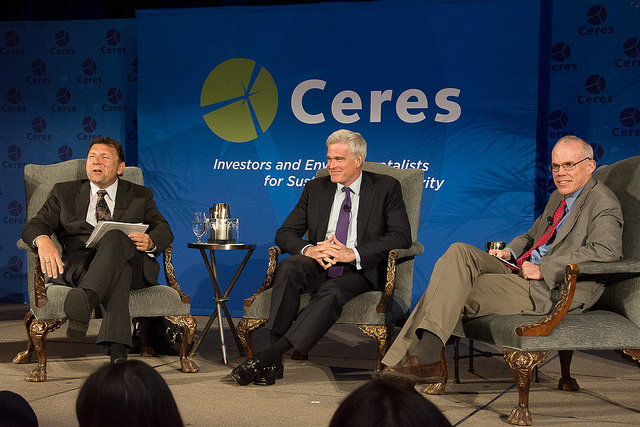Jul 18
20141
350.org / 1Sky, Avaaz, Non-Profit Industrial Complex
350.org Avaaz Capitalism Divestment False Solutions People's Climate March
On Bill McKibben’s ‘Call to Arms’ for the New York Climate Summit
July 17, 2014
By Anne Petermann, Executive Director of Global Justice Ecology Project
from the Venezuela Social Pre-COP
Today’s blog post is not addressing directly what is happening here in Venezuela at the SocialPreCOP, but something on the minds of many people here–the next step in the series of climate meetings/actions this year. That is the upcoming climate march planned for New York City on September 21st, two days before UN Secretary General Ban Ki Moon’s UN Climate Summit–a closed door session where the world’s “leaders” will discuss “ambitions” for the upcoming climate conference (COP20) in Lima, Peru. Part of the objective of the Venezuelan government at this SocialPreCOP meeting is to come away with a set of demands from people gathered here that they can take to this exclusive summit.
The September climate march was called for by Big Green NGOs 350.org and Avaaz, who have thrown copious quantities of cash at it. But many environmental and climate justice organizations and alliances based in the New York/New Jersey region and across the US have demanded a seat at the organizing table to ensure that the voices of front line and impacted communities are heard, despite their small budgets.
The demands of the march: there will be none. That’s right. The march will simply bring together an estimated 200,000 people to march through the streets of New York and then… There will be no rally, no speakers, no strong political demands. Just people showing up with the overarching message that the world’s leaders should take action on climate change.
Please.
What kind of climate action should be taken is a question that has long been debated by climate justice activists, organizations, social movements and Indigenous Peoples all over the world for decades. “Climate action” can include things like geoengineering schemes–manmade manipulations of nature on such a massive scale that the impacts can’t possibly be known, but could definitely be catastrophic. They can also include actions already taking place, such as the building of vast hydroelectric dams that flood vast expanses of land and displace thousands of Indigenous Peoples or land-based communities. Climate action can also include ongoing grabbing of land for the development of vast plantations of oil palm, GMO soy or non-native trees for so-called bioenergy.
So no, not all “climate action” is created equal. A lack of clear justice-based and ecologically sound demands in this “historic” march will leave a vacuum. And no vacuum remains empty for long. It’s simple physics. The media will not cover a march with no demands. They will find a message. And likely, as so often happens, those with the connections and the money will win the messaging game. →


















